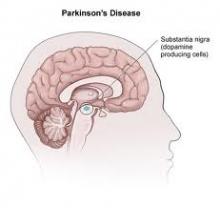Pestizide − eine Gefahr für die biologische Vielfalt
In Deutschland sind 70 Prozent der natürlichen Lebensräume bestandsgefährdet, zwei Drittel der Amphibien- und Reptilienarten als gefährdet eingestuft oder vom Aussterben bedroht, 30 Prozent der Farne und Blütenpflanzen sind bestandsgefährdet. Ebenso stehen zwei Drittel der Tier- und Pflanzenarten des Offenlandes auf den Roten Listen der bedrohten Arten. In Deutschland ist für die Erhaltung der biologischen Vielfalt insbesondere die Art und Weise der praktizierten Landwirtschaft ausschlaggebend, fast die Hälfte der Landesfläche ist Agrarfläche (Europäische Union: 43 Prozent). Die nationale Biodiversitätsstrategie trägt dieser Bedeutung Rechnung, Ziele zur Erhöhung des Anteils an Grünland oder Streuobstwiesen wurden vereinbart. Die Zusagen aber werden nicht eingehalten. Die Landwirtschaft in der Bundesrepublik muss, um einen signifikanten Beitrag zur Sicherung der Biodiversität zu leisten, im Rahmen einer Agrarwende weg von der intensiven Landwirtschaft hin zu einer nachhaltigen extensiven Landwirtschaft transformiert werden. Dies beinhaltet eine umfassende Veränderung der Art zu wirtschaften, speziell aber den Stopp des Einsatzes von chemisch-synthetischen Pestiziden.










